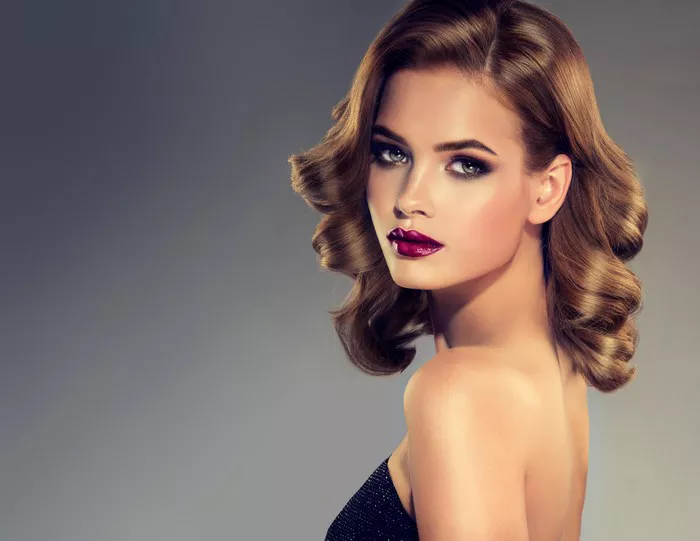If you’ve ever battled dry skin or struggled with damaged, brittle hair, you know the allure of products promising moisture, hydration, and revitalization. In this quest for rejuvenation, vitamin B5, or panthenol, often emerges as a beacon of hope. But what does panthenol truly do for your hair and skin?
According to dermatology resident Taylor Bullock, MD, panthenol is a provitamin that, when used topically in hair and skin care products, transforms into vitamin B5 or pantothenic acid. Dr. Bullock emphasizes panthenol’s prevalence in products recommended for individuals prone to dryness.
The benefits of vitamin B5 for both hair and skin
1. Moisturizes and Hydrates
Panthenol acts as a dual-purpose moisturizing agent, functioning as both a humectant and emollient. As a humectant, it draws water from lower skin layers to hydrate the top layer (epidermis) and aids in shedding dead skin and hair cells. Simultaneously, it can utilize moisture from the air, contributing to skin and hair hydration. In addition to panthenol, humectants like hyaluronic acid and lactic acid are common in skincare, while glycerin and propylene glycol are found in hair products.
As an emollient, panthenol not only hydrates but also fills in dry patches, offering a smoothing and softening effect on both skin and hair. Dr. Bullock advises seeking products containing a combination of humectants, emollients, and occlusives for optimal moisturizing results.
2. Strengthens and Smooths
Panthenol plays a crucial role in reinforcing brittle hair and repairing a damaged skin barrier. By acting as a patch, it fills in “potholes” caused by factors like brushing or over-exfoliation, resulting in a smoother surface and increased stability.
The skin barrier, akin to a protective road for more vulnerable skin cells, can be damaged by various factors such as aging, cold temperatures, and sun exposure. Panthenol steps in to mitigate these effects, preventing dry and rough skin.
For hair, which undergoes stress from brushing, drying, and styling, panthenol binds to hair shafts, smoothing imperfections and reducing breakage.
3. Promotes Hair Growth
Panthenol’s potential to encourage hair growth has gained attention. Research suggests that it may contribute to longer, fuller hair by preventing cellular aging and death, thereby reducing hair loss. While it might not be a cure-all for significant hair loss, it shows promise for those seeking thicker, healthier-looking hair.
However, Dr. Bullock notes that it may not be as effective as other treatments for hair loss. For individuals aiming for improved hair health without major hair loss, products containing panthenol could be beneficial.
How to Incorporate Panthenol into Your Routine
Pantothenol has earned the FDA’s “generally regarded as safe” (GRAS) status and is deemed a safe addition to skincare and haircare routines. Given its compatibility with various ingredients, it’s often found in numerous products, making standalone formulas unnecessary.
Dr. Bullock recommends incorporating panthenol as part of an overall routine in products designed to combat dryness. Rather than opting for single-ingredient formulas, look for products featuring panthenol within comprehensive formulations aimed at hydrating and strengthening.
Navigating the vast array of products for hair and skin can be overwhelming. Consulting with a healthcare provider, such as a dermatologist, can help tailor your routine to specific goals without unnecessary complexity or expense. In the realm of beauty, vitamin B5 emerges as a versatile ally, offering solutions for both dry skin and brittle hair.


